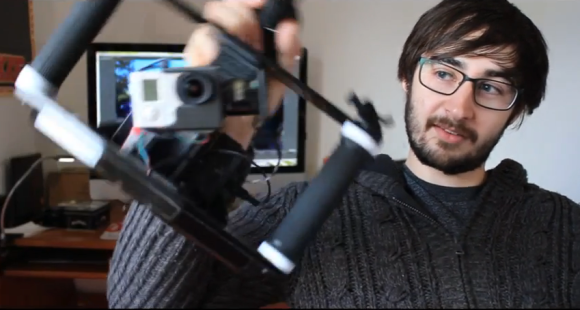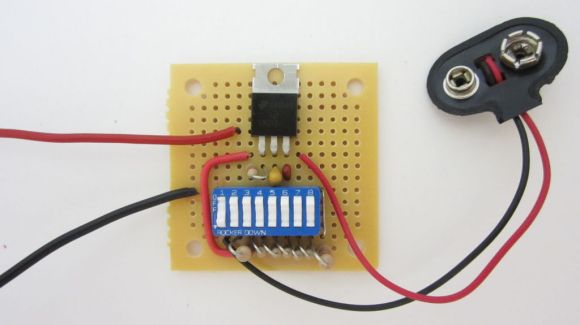
Today, rifles are made with exacting precision and very complex machine tools for milling, grinding, and boring out the barrel. Long rifles have been around much longer than these modern machine tools, so how exactly did gunsmiths create such exacting works of art in an age before Bridgeport mills and Sherline lathes?
In an amazing 10-part video series, [Wallace Gustler] of colonial Williamsburg takes us through the process of crafting a flintlock long rifle circa 1700. All the videos are embedded after the break, by the way.
The first step of making the rifle is fabricating the barrel. This is made from a bar of wrought iron, hammered into a tube around a mandrel, and welded together in the forge. With the help of a primitive hand-cranked lathe, the barrel is then bored out and eventually rifled with the help of a cutting tool that is constructed more out of hickory than tool steel.
With the barrel complete, [Wallace] moves on to the lock. Again, everything is fabricated by hand nearly entirely from materials that could be sourced locally at a new world colony in 1700. Spring steel is one of the exceptions of to this desire for local materials, along with a few bits of brass that were recycled from imported sources.
A gunsmith must be a master of metalwork, of course, but he must also be an excellent wood-carver. The stock of the gun iw made from a huge sugar maple board, carefully carved to accept the barrel, lock, and the custom cast brass pieces.
The result is a masterfully crafted flintlock rifle, capable of picking off a target at a few hundred yards. [Wallace Gustler] manufactured nearly everything in this gun by hand, an impressive display of skill for a master, but an inspiration to anyone who would want to work with their hands.
Continue reading “A Rifle, Handmade Circa 1700” →















